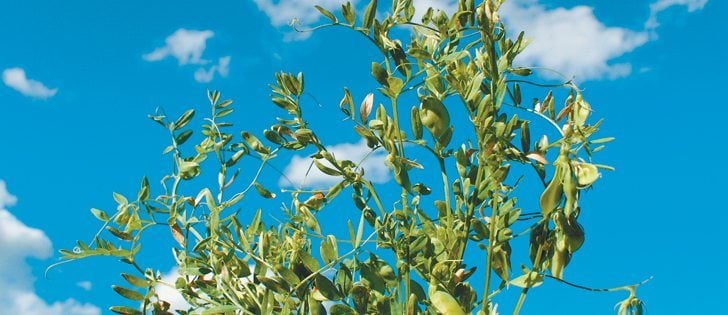WINNIPEG – For pulses so far mid-winter there hasn’t been a great deal of movement price-wise, although there are two factors on the horizon that could generate some changes. Those factors being road restrictions and spring seeding, said Dale McManus of Johnston Grains in Welwyn, Sask.
Large green lentils are around 22 cents per pound picked up at the farm, he said, adding the lentils have slipped somewhat since the end of 2018.
Chickpeas are about 28 cents per pound, also picked up at the farm. That price has been pretty much flat so far this year, according to McManus.
Read Also

Farmers, traders ‘flying blind’ as U.S. shutdown blocks key crop data
U.S. data vital to global grain and soybean trading has gone dark during the country’s federal government shutdown, leaving commodity traders and farmers without crop production estimates, export sales data and market reports during the peak of the autumn harvest.
Canary seed, he continued, made a gain of two cents Tuesday morning and was selling at 24 cents per pound. While yellow peas, until recently had been at C$7 per bushel he said.
“They seemed to have slipped somewhat, at C$6.75 to C$6.90 per bushel,” McManus noted.
While there hasn’t been much to move pulse prices either way, McManus pointed out road restrictions are coming towards the end of next month.
“Normally if you are in an area that is heavily restricted or you know you’re going to need cash, being a producer, you’re going to try move product,” he said.
As more pulses enter the commercial pipeline, that supply will want to push prices downward, which won’t see any improvement until spring seeding gets closer, he added.
“To get producers to grow more large green lentils, they are probably going to knock it up a couple of cents to encourage growers to put it in the ground,” McManus said, adding this is the normal cycle of prices as spring approaches.

















